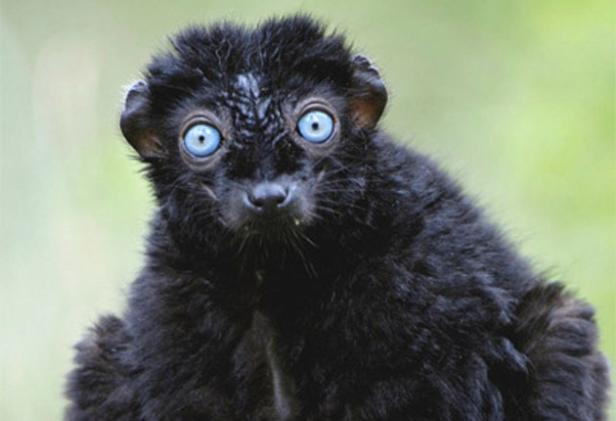The world's 25 most endangered primates
Mankind’s closest living relatives – the world’s apes, monkeys, lemurs and other primates – are on the brink of extinction and in need of urgent conservation measures according to Primates in Peril: The World’s 25 Most Endangered Primates, 2008–2010. 
The report, compiled by 85 experts from across the world, reveals that nearly half of all primate species are now in danger of becoming extinct from destruction of tropical forests, illegal wildlife trade and commercial bushmeat hunting. The list includes five primate species from Madagascar, six from Africa, 11 from Asia, and three from Central and South America, all of which are the most in need of urgent conservation action. Conservationists want to highlight the plight of species such as the golden headed langur (Trachypithecus p. poliocephalus), which is found only on the island of Cat Ba in the Gulf of Tonkin, north-eastern Vietnam, where just 60 to 70 individuals remain. Similarly, there are thought to be less than 100 individual northern sportive lemurs (Lepilemur septentrionalis) left in Madagascar, and around 110 eastern black crested gibbons (Nomascus nasutus) in northeastern Vietnam. The list has been drawn up by primatologists working in the field who have first-hand knowledge of the causes of threats to primates. “This report makes for very alarming reading and it underlines the extent of the danger facing many of the world’s primates,” says report editor Dr Schwitzer, advisor to the IUCN/SSC Primate Specialist Group and Head of Research at the Bristol Conservation and Science Foundation. “We hope it will be effective in drawing attention to the plight of each of the 25 species included. Support and action to help save these species is vital if we are to avoid losing these wonderful animals forever.” Almost half (48 percent) of the world’s 634 primate species are classified as threatened with extinction on the IUCN Red List of Threatened Species™. The main threats are habitat destruction, particularly from the burning and clearing of tropical forests (which results in the release of around 16 percent of the global greenhouse gases causing climate change), the hunting of primates for food, and the illegal wildlife trade. “The results from the most recent IUCN assessment of the world’s mammals indicate that primates are among the most endangered vertebrate groups,” says Dr Russell Mittermeier, Chair of the IUCN/SSC Primate Specialist Group and President of Conservation International. “The purpose of our Top 25 list is to highlight those that are most at risk, to attract the attention of the public, to stimulate national governments to do more, and especially to find the resources to implement desperately needed conservation measures. We want governments to commit to desperately needed biodiversity conservation measures when they gather in Japan in October. We have the resources to address this crisis, but so far, we have failed to act.”
World’s most endangered primates revealed [pdf]